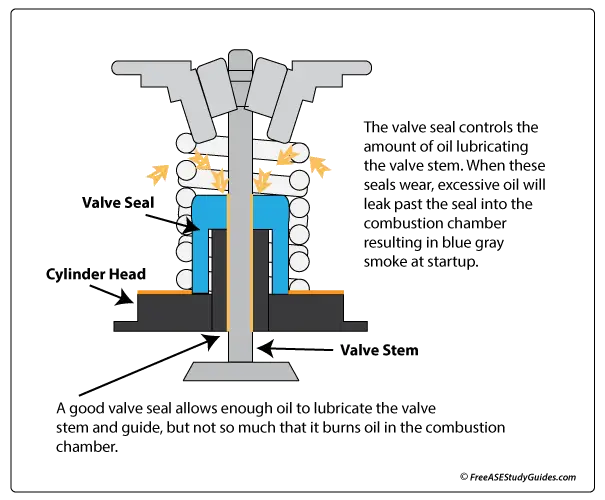“A tire only loses air if it’s punctured.” This is a common misconception that we have all had or heard and yet the reality is quite different. Indeed, a tire can lose air even without a puncture, as for example in the case of a crack in the valve that is used to inflate your tires. A punctured valve is difficult to detect, and not taking care of it in time can have real consequences for your tire, but also (and above all!) for your safety. Blackcircles Canada, your online tire specialist, offers below a complete guide to the causes and consequences of a punctured valve, and how to repair a leaking valve stem.
A valve is a pin located on the outside of the tire, through which the tire can be inflated/deflated. It has a mechanism consisting of a spring-mounted valve that closes tightly with the air pressure inside the tire. Over time, the stem valve may become brittle and cracked, which may increase the risk of air leaking through it.
When the stem valve leaks, the affected tire is no longer able to retain air. Depending on the extent of the damage, the air will leak out slowly or more quickly. In both cases, the valve must be replaced.
If the air leakage is slow, you will be subject to the problems encountered by drivers driving with underinflated tires. Internal damage that can shorten the service life of the tire by up to a quarter, increased fuel consumption due to higher rolling resistance: the tire will damage faster, and your energy-efficiency will be significantly lower. The tire will also have poorer traction and the stability of your car will be reduced when cornering, not to mention the more pronounced deformation of the tire that increases its internal temperature, which can cause it to burst. Finally, an under-inflated tire increases the risk of hydroplaning. Tire pressure is thus very important!
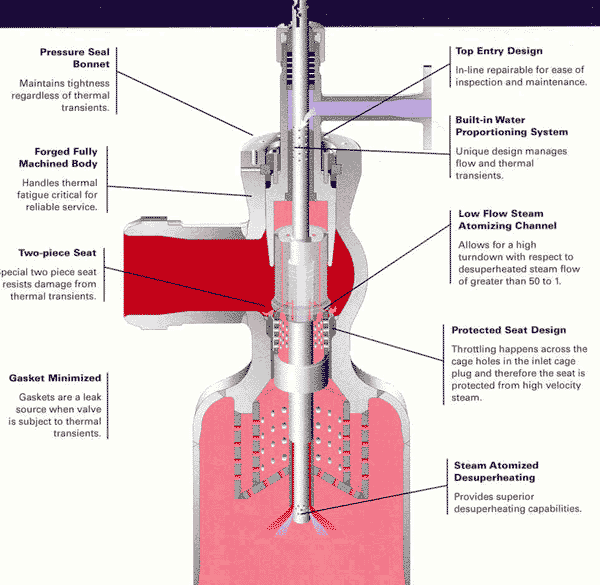 Here’s how to do it!Step 1: Make sure it’s your valve stem that’s leaking.
Here’s how to do it!Step 1: Make sure it’s your valve stem that’s leaking.
First of all, make sure it is the tire valve stem that is leaking. To do so, there’s a very simple trick! Apply a mixture of water and dishwashing soap to the valve with the cap removed. If bubbles start to appear, your valve is leaking. If this is not the case, and there is a definite air leak, it will be located elsewhere on the tire.
Step 2: Gather the right tools before you start!Before you begin, make sure you have all the necessary equipment to complete the replacement of the faulty valve stem.
For this, you will need the following:
You are now ready to start the process!
Step 3: Loosen the nuts on the wheel you are going to work on.
To do so, use the wrench mentioned in the previous step to loosen each of the lug nuts holding your wheel in place. Do this while the car is still on the ground.
However, for certain models of vehicles, it is possible that the wheel nuts have an anti-theft ring. If this is the case, you’ll have to use the appropriate special key to remove the locking nut(s).
Step 4: Raise your vehicle with the jack and then remove the wheel.First and foremost, make sure the handbrake is applied so that your vehicle is completely immobilized. Then, use your jack to lift your car. Be sure to position it on the right part of the chassis so that the car is properly supported. This will prevent any damage to the car and any bodily injury. Once your car is lifted, secure it on jack stands. Unscrew the wheel bolts completely, then remove the wheel. Finally, place the wheel on the ground flat, with the outside of the wheel facing up.
Step 5: Remove the valve stem core with the removal tool and let the tire deflate.
If you have not already done so, remove the valve cap. Then remove the valve stem core using the valve stem removal tool to release the air from the wheel, which should normally deflate completely on its own.
Step 6: Separate the tire’s bead from the wheel.For this step, use the sledgehammer in the following way: hit the tire sidewall with the sledgehammer in the same spot until you hear a crack or popping sound, and see the inside lip of the tire visibly break loose from the rim. This means that the tire has been successfully detached from the lip of the wheel.
Once the tire bead has been broken, continue hitting with the sledgehammer around the tire to detach the sidewall around the entire circumference of the wheel.
Step 7: Remove the tire from the rim.Once the sidewall of the tire is separated from the outer edge of the rim around the entire circumference of the wheel, insert your tire iron between the edge of the rim and the inside lip of the tire, and then pry upward to pull the lip of the tire over the edge of the wheel. Once you have pulled the lip of the tire over the edge of the wheel, work the tire iron around the rim until the entire lip of the tire is off the rim.
Once you have pulled the lip of the tire over the edge of the wheel, work the tire iron around the rim until the entire lip of the tire is off the rim.
Once the sidewall of the tire is completely above the wheel, grab it by its removed lip and pull it upward so that the opposite lip that was at the bottom of the wheel is now touching the top edge of the rim. Use your tire iron again by inserting it between the tire’s lip and the edge of the wheel and pry upwards to pull the lip over the edge of the rim. As before, work the tire iron around the edge of the wheel until the tire is removed from the wheel.
Step 8: Remove the defective valve stem and replace it with the new one.Once the tire is separated from the rim, it is time to remove the valve stem. To do this, first pull out the valve stem free from the wheel using the needle-nose pliers. Once this has been done, install the replacement valve stem from the inside of the wheel. Once it is in position, use the needle-nose pliers again to pull it through into its right place on the wheel.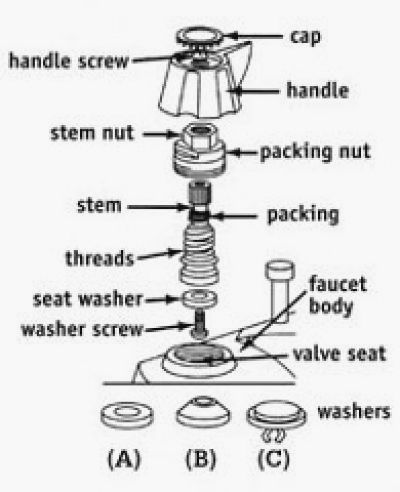
Once the stem is in place, it is time to put the tire back on its rim. To do this, start by pressing the tire down over the rim until the bottom bead clears the edge of the rim. The aim here is to return the lower sidewall of the tire to its original position on the wheel.
Then press the upper sidewall of the tire down underneath the edge of the wheel. Then tuck your tire iron between the tire sidewall and the rim edge and use it to make the opposite movement to the one you used to pull the tire sidewall out of the rim. Once the bead clears the lip of the wheel, use the tire iron to work your way round the entire wheel until the tire is completely installed on the wheel. Then inflate it to the correct pressure using the air compressor.
Step 10: Make sure there are no other leaks, and mount your wheel back on!Once the tire is inflated to the correct pressure, check for other leaks.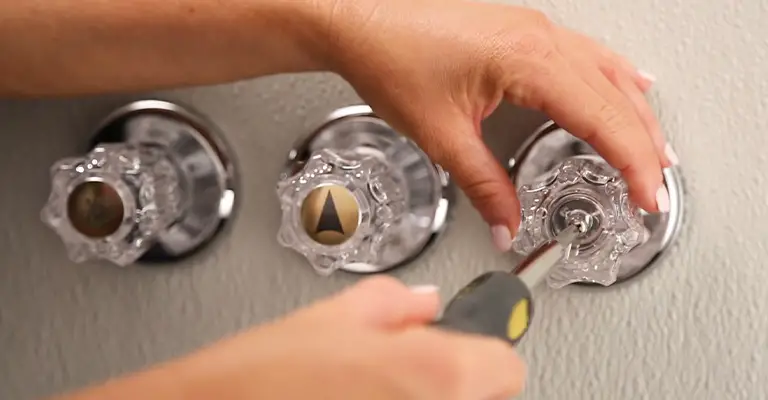 If all is well, mount the wheel on your vehicle and bring it down by lowering the level of the jack stands until the repaired wheel touches the ground and you can safely remove them.
If all is well, mount the wheel on your vehicle and bring it down by lowering the level of the jack stands until the repaired wheel touches the ground and you can safely remove them.
Ultimately, it is very important to make sure your tires are free of air leaks to maintain proper air pressure at all times. In the case of a slow air leak, the consequences can be dramatic. If the air leak is due to a faulty tire valve, you will definitely need to replace it. You can either follow the above procedure on how to repair a leaking tire valve or take it directly to a specialist. If, on the other hand, you need to change the entire tire, consult our selection of tires adapted for your car directly online on our website!
Tire Installation 101: When and how to change your tires?
I just filled up my tires and, two days later, my right tire is losing pressure. I’ve checked the tire for leaks and don’t think the tire itself needs replacing, so my next guess is the tire valve stem is leaking. How do I fix a tire valve stem leak?
I’ve checked the tire for leaks and don’t think the tire itself needs replacing, so my next guess is the tire valve stem is leaking. How do I fix a tire valve stem leak?
Rachel Juillerat · Answered on Feb 18, 2022
Reviewed by Shannon Martin, Licensed Insurance Agent.
Fortunately for you, fixing a tire valve stem leak is both easy and cheap. You just need to purchase a replacement tire valve stem and a valve core tool. A pack containing both of these items is on Amazon for less than $5!
To replace the leaking tire valve stem, do the following:

Note: If you notice corrosion on the old stem, be sure to clean the interior threads of the tire stem on the tire.
While this is an easy and cheap fix, there are some car fixes you may need assistance with, so it’s always a good idea to invest in a solid car insurance policy.
Jerry makes finding the right policy for you easy. Jerry compares personalized rates from more than 50 top providers and delivers the best deals to your phone in minutes for free. The average Jerry driver saves $887 a year on car insurance.
MORE: Will insurance cover a flat tire?
Car RepairCar Tires
View full answer
WHY YOU CAN TRUST JERRY
Jerry partners with more than 50 insurance companies, but our content is independently researched, written, and fact-checked by our team of editors and agents. We aren’t paid for reviews or other content.
We aren’t paid for reviews or other content.
Browse More Content
What To Do If Your Parking Brake Won’t Engage
Oxygen Sensor Replacement Cost
Reverse Lightbulb Replacement
What To Do If Your Steering Wheel Is Creaking
What To Do If You Hear A Squealing Noise When Steering Wheel Is Turned
Chevrolet Impala Super Sport Insurance Cost
Infiniti Qx60 Insurance Cost
Bmw M6 Insurance Cost
Ford F350 Super Duty Insurance Cost
Buick Cascada Premium Insurance Cost
Branchland Car Insurance
Box Elder Car Insurance
Lumber Bridge Car Insurance
Fairview Car Insurance
Rochester Car Insurance
I’ve loved Lamborghinis since I was a kid. They’re sleek, they’re fast—they’re my dream car! I’m already saving up to buy one someday. How much does car insurance for a Lamborghini cost?
They’re sleek, they’re fast—they’re my dream car! I’m already saving up to buy one someday. How much does car insurance for a Lamborghini cost?
Melanie Johnson
Feb 18, 2022
I got a ticket yesterday and I’m so bummed. I’ve never gotten a ticket before—I was just zoned out and didn't realize I was going 10 over. Can I ask the judge to reduce my ticket?
Melanie Johnson
Feb 18, 2022
I’ve been sitting on my old car that no longer works and I’m ready to move on and clean out. Where can I sell it?
Pat Roache
Feb 18, 2022
Browse All Questions
Some cars are cheaper in Mexico, but it depends on the vehicle and consumer demand.
Matt Nightingale
Apr 19, 2022
If you have a vehicle from 1995 or newer, you’ll need to make sure you have an EPA-approved catalytic converter. Follow our tips to keep it safe from theft!
Follow our tips to keep it safe from theft!
Matt Nightingale
Jun 22, 2022
Speeding
driving record
Car Body Repair
Car Reviews
FS-1 Form
Collision Coverage
Car Loans
No Fault State
Emergency Insurance
State Farm
Young Drivers
Cheap Auto Insurance
Full Coverage Insurance
Car Prices
driving record
Travelers
Natural Disasters
Save Money
Title Transfers
Donating a Car
Fleet Sales
Identity Theft
Chrysler
Mitsubishi
No long forms
No spam or unwanted phone calls
Quotes from top insurance companies
Find insurance savings — it's 100% free
Toyota
Hyundai
Mercedes-Benz
Subaru
Chevrolet
Mitsubishi
Aseptomag® Leak Indicating Valves are primarily used as mixproof shut-off valves for diverting incompatible products at tank and product piping connections in UltraClean process plants. In addition, the valve can be used in pipeline connections where one pipeline is purgeable to provide protection against mixing with product in another pipeline.
In addition, the valve can be used in pipeline connections where one pipeline is purgeable to provide protection against mixing with product in another pipeline.
Contact us Get Quote
Contact us Get a commercial offer
Aseptomag® Leak Indicating Valves are primarily used as mixproof shut-off valves for diverting incompatible products at tank and product piping connections in UltraClean process plants. In addition, the valve can be used in pipeline connections where one pipeline is purgeable to provide protection against mixing with product in another pipeline.
Contact Us Get a commercial offer
Aseptomag® LVBS Leak Indication Valve - Standard Version with Independent Seat Lift and T.VIS® Control System, Sectional View
Aseptomag® LVBS Leak Indication Valve - Displacement Version with Four Ports and Independent Seat Lift A
Aseptomag® LVBS Leak Indication Valve - Standard with independent seat lift and T.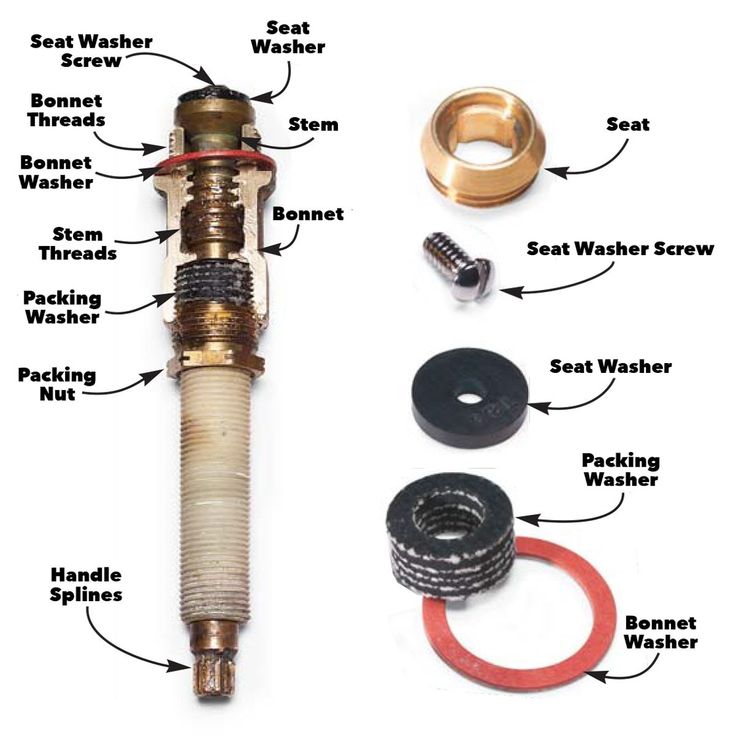 VIS® 9 control0019
VIS® 9 control0019
OverviewAseptomag®
valve rangeValve design features stainless steel bellows sealing of moving valve stems and a leak chamber that vents to atmosphere. With these two features, the valve provides a simpler process than in true aseptic applications, but still guarantees improved product protection by hermetically sealing the valve stems. This valve is therefore ideal for UltraClean applications in the food, dairy and beverage industries.
Housing
Bottom valve bodies with leakage indication have two, three or four connection ports. The valves are standard butt welded. In addition to the standard foot valves, LVBS valves are also available with welded or threaded flange connections.
Internal node
As standard, the internal assembly is equipped with a rigid TEFASEP® seal for the axial valve seat and an EPDM seal for the radial valve seat. In addition to the standard sealing material for the axial valve seat seal, a PTFE O-ring is also available.
In addition to the standard sealing material for the axial valve seat seal, a PTFE O-ring is also available.
Drive
The pneumatic actuator for LVBS leakage indication valves is spring-closing/air-opening (normally closed, NC). In addition to full stroke, the standard design allows both valve seats to be lifted independently of each other (EA). Optionally the valve can be configured with an actuator where only the radial valve seat A can lift independently (AZ).
Clamp
Thanks to its robust design, the GEA Aseptomag ensures a stable and secure connection of the main pressurized components. The special three-segment design ensures easy maintenance of the component even in tight spaces.
Feedback modules
UltraClean leak control valves can be equipped with either open feedback modules or T.VIS® feedback systems as standard. Feedback modules can also be purchased from third party vendors and installed via specially designed adapters.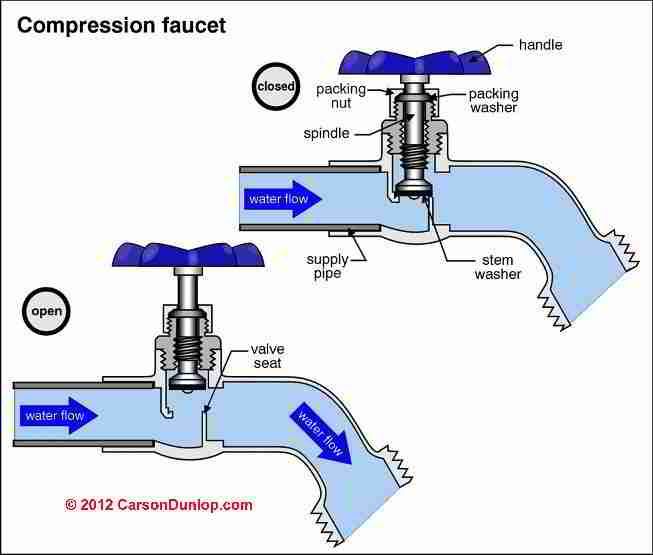
Options
Aseptomag® leak-indicating valves can be fitted with an optional steam port (DA) that allows intermediate steaming of the leak chamber independent of seat lift.
Alternatively, a mechanical backstop (RSS) can be mounted on top of the pneumatic actuator. This block interacts with the radial valve seat A and is used as an additional safety feature to keep the mixproof valves functioning even in the event of pressure surges up to 50 bar.
| Item | Size |
| Valve pressure rating | 10 bar |
| Closing pressure | 6 bar |
| Control air pressure | 6 bar |
| Sealing element | Stainless steel bellows |
| Valve seat seal material | TEFASEP® / EPDM |
| Body seal | EPDM |
| Surface quality in product area | R a ≤ 0.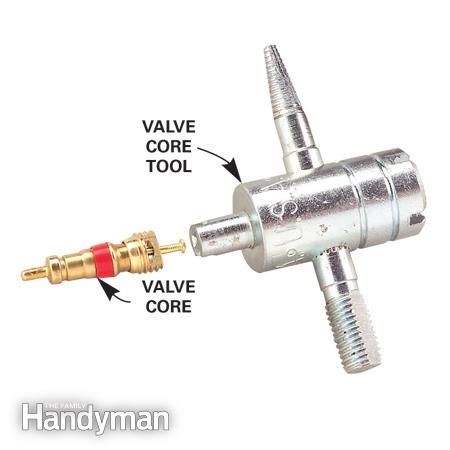 8 8 |
| Material quality in product area | AISI 316L / AISI 316Ti |
| Maximum operating temperature | 135°C (275°F) |
| Maximum sterilization temperature | 150°C (302°F), duration 30 minutes or less. |
For more information on the use of this valve type, see the Aseptomag® valve range tab.
Aseptomag® 9 valve technology0019
Aseptomag® AXV Dual Chamber Valve - Manifold
Aseptomag® DK Dual Chamber Valve - Manifold with T.VIS® Control Modules
Aseptomag® DK Dual Chamber Valve - Manifold
The LV and LVBS leak-indicating valves are based on the Aseptomag® valve line design philosophy and meet the highest requirements of sensitive manufacturing industries, mainly in the food, dairy and beverage industries.
Aseptic bellows valves feature an impeccable valve stem seal that minimizes the risk of contamination and maximizes detection. The Aseptomag® valve range is equivalent in sensitive process applications to the VARIVENT® hygienic valve range and covers everything from shut-off and bottom valves to mixproof and sampling valves. The valves comply with the highest established hygienic and design standards such as EHEDG and 3-A. Thanks to its modular design, the Aseptomag® valve range also offers customized valve solutions for specific process requirements (high closing pressures, special materials, special designs, etc.). Aseptomag® valves can be equipped with T.VIS® control modules, which allows them to be seamlessly integrated into an automated process plant.
The Aseptomag® valve range is equivalent in sensitive process applications to the VARIVENT® hygienic valve range and covers everything from shut-off and bottom valves to mixproof and sampling valves. The valves comply with the highest established hygienic and design standards such as EHEDG and 3-A. Thanks to its modular design, the Aseptomag® valve range also offers customized valve solutions for specific process requirements (high closing pressures, special materials, special designs, etc.). Aseptomag® valves can be equipped with T.VIS® control modules, which allows them to be seamlessly integrated into an automated process plant.
Unlike other valves in the Aseptomag® series, the main purpose of the LV and LVBS leak-indicating valves is not purely aseptic systems, but ultraclean (UltraClean) process units. The most relevant product parameter in ultra clean (UltraClean) applications is the expiration date. Basically, it is determined by the pH value and the a w value of the product.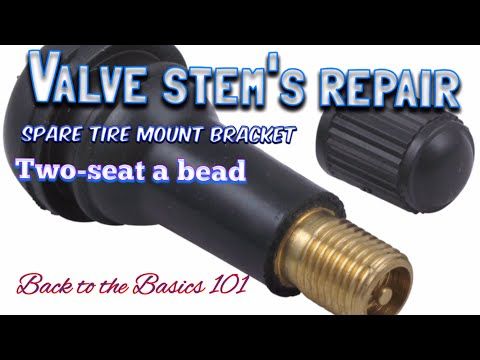 In addition, it is necessary to take into account the organoleptic properties and the supply chain of distribution. One of the benefits of UltraClean processing is the reduction in the amount of preservatives needed to maintain product shelf life.
In addition, it is necessary to take into account the organoleptic properties and the supply chain of distribution. One of the benefits of UltraClean processing is the reduction in the amount of preservatives needed to maintain product shelf life.
| Valve type | Metric | Outside diameter in inches (OD) |
| Shut-off valves Aseptomag® AV | DN 15 - DN 150 | 0.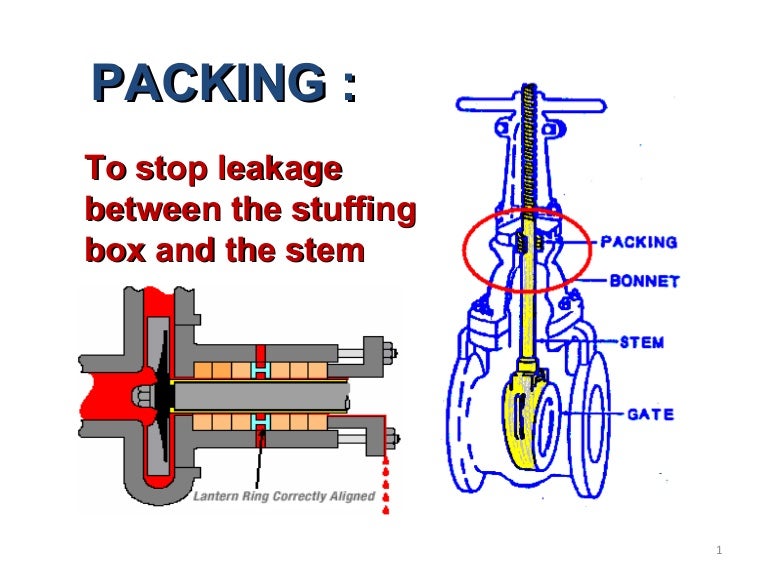 75” - 6” 75” - 6” |
| Shut-off valves Aseptomag® AVBS | DN 15 - DN 150 | 0.75” - 6” |
| Change-over valve Aseptomag® UV | DN 15 - DN 100 | 0.75” - 4” |
| Shut-off valves Aseptomag® AF | DN 25 - DN 100 | 1” – 4” |
| Aseptomag® RV control valves | DN 15 - DN 100 | 0.75” - 4” |
| Control valves Aseptomag® RVIN | DN 25 - DN 65 | 1" - 2.5" |
| Back pressure valves Aseptomag® GD | DN 15 - DN 150 | 0.75” - 6” |
| Shut-off valves Aseptomag® AMV | DN 6 - DN 10 | 0.25” - 0.5” |
| Leakage valves Aseptomag® LV | DN 25 - DN 100 | 1“ – 4“ |
| Leakage valves Aseptomag® LVBS | DN 25 - DN 100 | 1“ – 4“ |
| Leakage valves Aseptomag® ADV | DN 25 - DN 100 | 1” – 4” |
| Double chamber valves Aseptomag® DK | DN 25 - DN 150 | 1" - 6" |
| Double chamber valves Aseptomag® DKBS | DN 25 - DN 150 | 1" - 6" |
| Aseptomag® Double Chamber Valves DDK | DN 25 - DN 150 | 1" - 6" |
| Double chamber Aseptomag® AXV | DN 25 - DN 150 | 1" - 6" |
| Aseptomag® PV 9 Sampling Valves0090 | DN 10 - DN 15 | 0.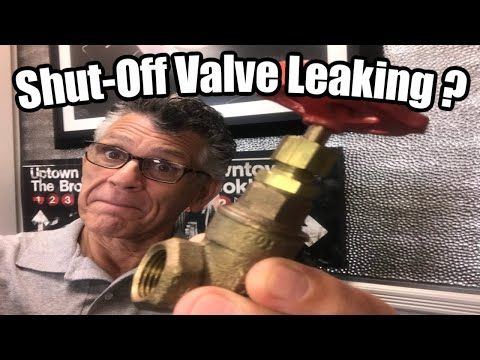 5” - 0.75” 5” - 0.75” |
| Steam inlets Aseptomag® DE | DN 25 - DN 40 | 1" - 1.5" |
| *Other valve sizes and connections to other standards (i.e. ISO) are available on request | ||
The double chamber valves in the Aseptomag® valve range are characterized by the impeccable design of their stainless steel bellows. The Type AXV valve includes three integrated sterile barriers (ISB).
The double chamber valves in the Aseptomag® valve range are characterized by the impeccable design of their stainless steel bellows. Valve type DDK includes two integrated sterile barriers (ISB)
The double chamber valves in the Aseptomag® valve range are characterized by the impeccable design of their stainless steel bellows.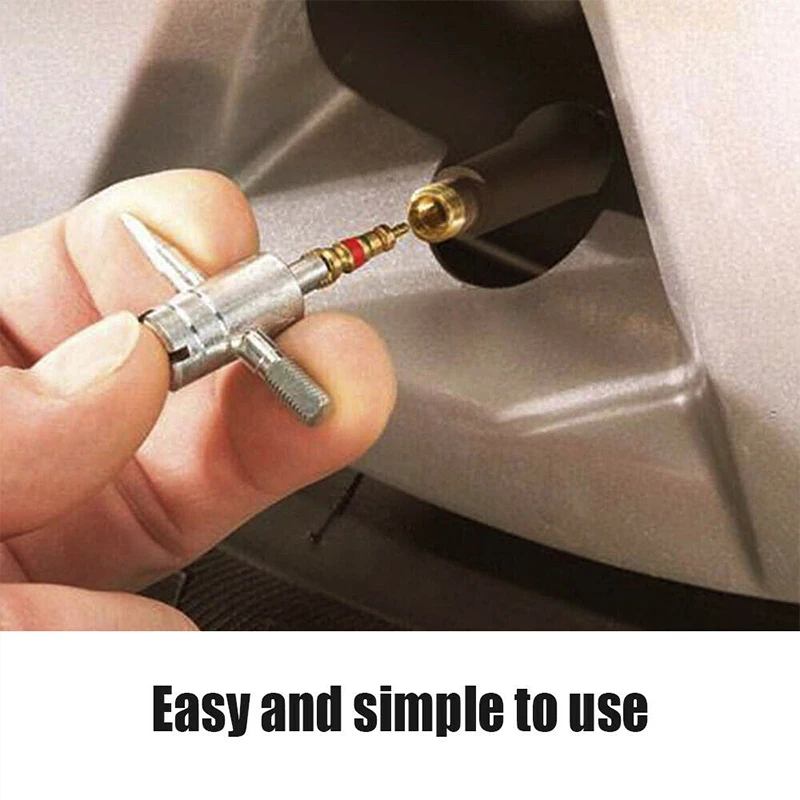 Type DK valve includes one integrated sterile barrier (ISB)
Type DK valve includes one integrated sterile barrier (ISB)
The double chamber tank bottom valves in the Aseptomag® valve range are characterized by their impeccable stainless steel bellows design. The type DK valve includes one integrated sterile barrier (ISB).
The back pressure valves in the Aseptomag® valve range are characterized by the impeccable design of their stainless steel bellows.
The leak-indicating valves in the Aseptomag® valve range are characterized by their flawless stainless steel bellows design. Type ADV valves use one integrated vapor barrier (ISB) and non-Aseptomag® DK valves, with one valve seat sealed with a radial seal.
The leak-indicating valves in the Aseptomag® valve range are characterized by their flawless stainless steel bellows design.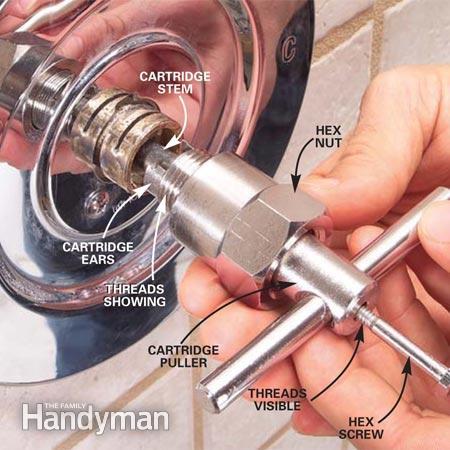 The leakage chamber between the two valve seats is vented to the atmosphere, making it ideal for ultra clean (UltraClean) applications that do not require mixing.
The leakage chamber between the two valve seats is vented to the atmosphere, making it ideal for ultra clean (UltraClean) applications that do not require mixing.
Shut-off valves in the Aseptomag® range of valves are characterized by their impeccable stainless steel bellows design. The long type AF bellows design is ideal for applications with high activation rates.
Shut-off valves in the Aseptomag® range of valves are characterized by their impeccable stainless steel bellows design. The compact design of the AMV type is ideal for applications with fractional dimensions.
Shut-off valves in the Aseptomag® range of valves are characterized by their impeccable stainless steel bellows design.
Tank bottom shut-off valves in the Aseptomag® range of valves are characterized by their impeccable stainless steel bellows design.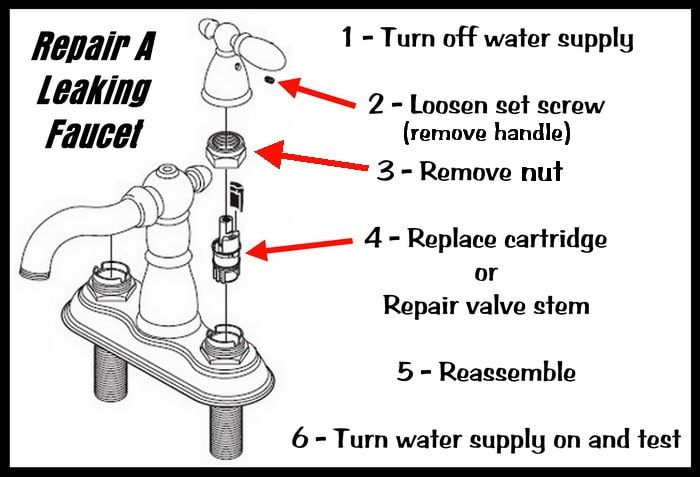
The bellows of the changeover valves in the Aseptomag® range has a flawless stainless steel design.
Sampling valves from the Aseptomag® range of valves are characterized by their impeccable stainless steel bellows design and modular design.
The control valves in the Aseptomag® valve range are characterized by their impeccable stainless steel bellows design.
The control valves in the Aseptomag® valve range are characterized by their impeccable stainless steel bellows design. The check valve is specially designed for installations where the product enters the valve from the bellows side.
Food safety and product quality are fundamental to your company's operations. You are sure to meet this challenge and protect your brand with GEA's SAFEXPERT®.
Learn more about service from GEA
All languages{{item.facetValue}}
All document types{{item.facetValue}}
{{download.title}}
{{download.documentType}}{{download.binaryType}} {{bestSize(download.fileSize)}}download
Find more
All languages{{item.facetValue}}
All document types{{item.facetValue}}
GEA Insights
History
History
Trade Fair
Paris, France
See more
Connects to the 1/4" filter water supply hose.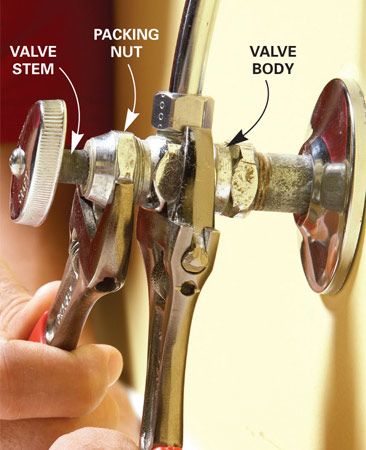 The leak valve mechanism contains a special replaceable disposable "tablet" made of a fibrous moisture-absorbing material that instantly reacts to the presence of water on the surface of the valve (e.g. on the floor in the kitchen cabinet under the sink where the filter is located). In the event of a water filter leak, the tablet immediately swells and the valve stem shuts off the water supply to the cleaning system.
The leak valve mechanism contains a special replaceable disposable "tablet" made of a fibrous moisture-absorbing material that instantly reacts to the presence of water on the surface of the valve (e.g. on the floor in the kitchen cabinet under the sink where the filter is located). In the event of a water filter leak, the tablet immediately swells and the valve stem shuts off the water supply to the cleaning system.
Such an inexpensive valve will protect your property, repair your home (and neighbors) and reduce possible damage in the following cases: 
LeakStop (Leak Detector) equipment:
Material : High strength plastic, NSF certified
You can immediately purchase a set of replacement "pills" for this valve (pack of 5)
See Specifications for more information.
ATTENTION!!! The presence of a valve does not exclude the possibility of leakage. The valve LIMITS the amount of damage caused by stopping the flow of water from the main to the filter when the spilled water reaches the valve body and starts the trigger mechanism. DESIGN AND OPERATING PRINCIPLE: The atoll LEAK STOP (Leak Detector) anti-leak valve is a plastic shut-off valve with JG (John Guest) 1/4" quick-detachable connections. Under the valve stem there is a polymer pad that swells when wet.